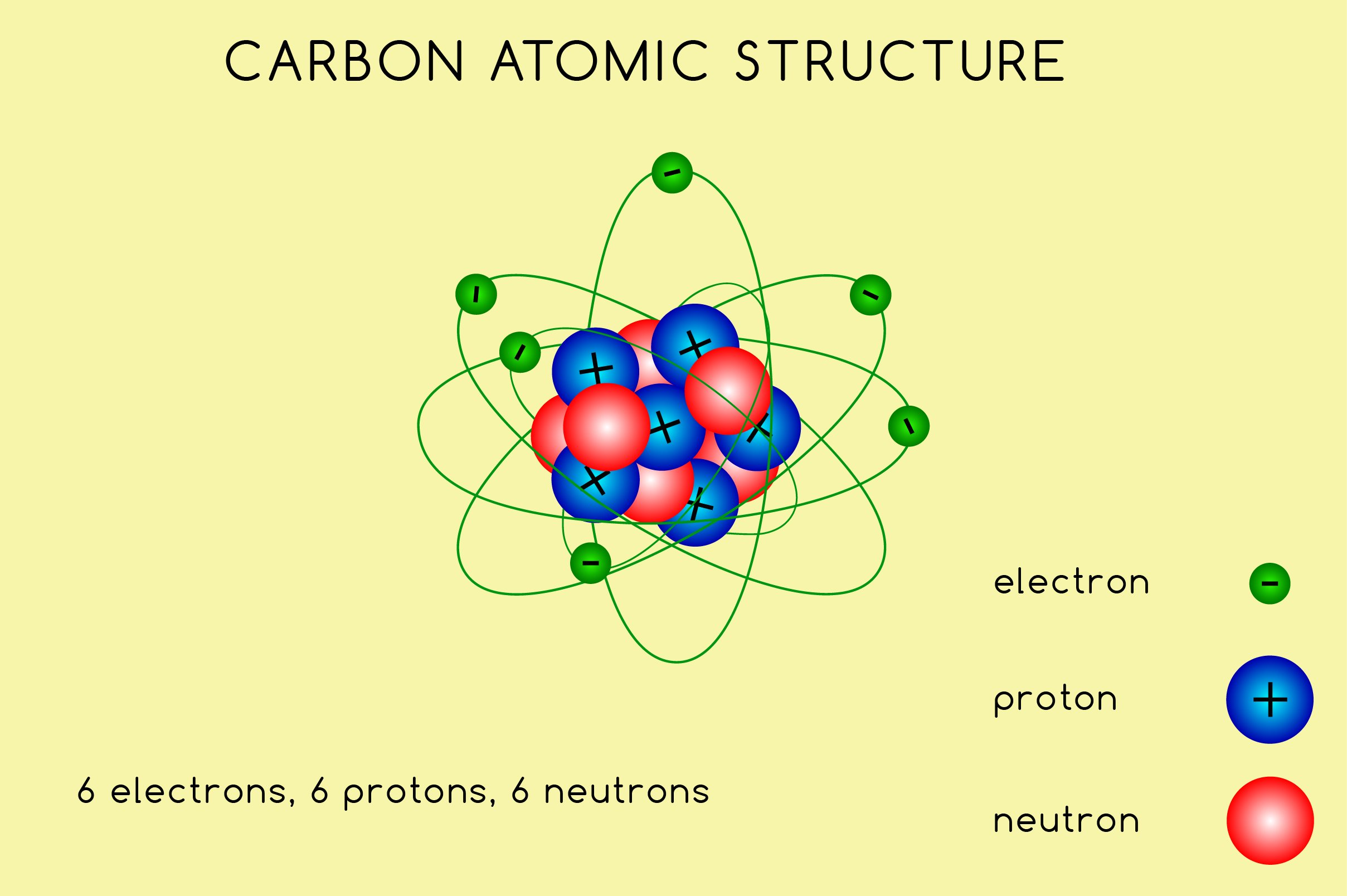If the bond is with another carbon atom, it is a pure covalent (or nonpolar covalent) bond. Web which atom is most likely to form a metallic bond? Web carbon most often forms a covalent bond with other atoms. Web a carbon atom is most likely to form what kind of bond(s) with other atoms? Aluminum (al) helium (he) phosphorus (p) carbon (c) aluminum (al) metal atoms tend to give away valence electrons when.
Web which atom is most likely to form a metallic bond? Aluminum (al) helium (he) phosphorus (p) carbon (c) aluminum (al) metal atoms tend to give away valence electrons when. Web moreover, of all the elements in the second row, carbon has the maximum number of outer shell electrons (four) capable of forming covalent bonds. You can use this chart to predict whether or not an atom can bond.
For any atom, stability is achieved by following the octet rule, which is to say all atoms (with a few exceptions). A) ionic b) hydrogen c) covalent d) covalent bonds and hydrogen bonds e) ionic bonds covalent bonds and hydrogen bonds answer: Write the symbol for each ion and.
Web during the formation of some compounds, atoms gain or lose electrons, and form electrically charged particles called ions (figure 3.5.1 3.5. Aluminum (al) helium (he) phosphorus (p) carbon (c) aluminum (al) metal atoms tend to give away valence electrons when. Web as we will see below, the periodic table organizes elements in a way that reflects their number and pattern of electrons, which makes it useful for predicting the reactivity of an. Web about 18% of your body consists of carbon atoms, by mass, and those carbon atoms are pretty key to your existence! If the bond is with another carbon atom, it is a pure covalent (or nonpolar covalent) bond.
View the full answer step 2. Web for example, each atom of a group 4a (14) element has four electrons in its outermost shell and therefore requires four more electrons to reach an octet. Therefore, carbon molecules share their 4 valence electrons.
You Can Use This Chart To Predict Whether Or Not An Atom Can Bond.
If the bond is with another carbon atom, it is a pure covalent (or nonpolar covalent) bond. Web aluminum and carbon react to form an ionic compound. Predict which forms an anion, which forms a cation, and the charges of each ion. Carbon is an inert element
Web A Carbon Atom Is Most Likely To Form What Kind Of Bond(S) With Other Atoms?
Atoms share electrons and form covalent bonds. Web a carbon atom is most likely to form which of the following bonds with other atoms? A) ionic b) hydrogen c) covalent d) covalent bonds and hydrogen bonds e) ionic bonds covalent bonds and hydrogen bonds answer: A) ionic bonds b) hydrogen bonds c) covalent bonds d) covalent bonds and hydrogen bonds
Web The Periodic Table And Trends In Valence Electrons Can Be Used To Determine The Number Of Bonds An Atom Is Most Likely To Form.
Web the element carbon (c) is most likely to form covalent bonds with the element a. Write the symbol for each ion and. Web during the formation of some compounds, atoms gain or lose electrons, and form electrically charged particles called ions (figure 3.5.1 3.5. Therefore, carbon molecules share their 4 valence electrons.
Web As We Will See Below, The Periodic Table Organizes Elements In A Way That Reflects Their Number And Pattern Of Electrons, Which Makes It Useful For Predicting The Reactivity Of An.
Web which atom is most likely to form a metallic bond? Web updated on july 18, 2022. Aluminum (al) helium (he) phosphorus (p) carbon (c) aluminum (al) metal atoms tend to give away valence electrons when. For any atom, stability is achieved by following the octet rule, which is to say all atoms (with a few exceptions).
Web during the formation of some compounds, atoms gain or lose electrons, and form electrically charged particles called ions (figure 3.5.1 3.5. Predict which forms an anion, which forms a cation, and the charges of each ion. Web carbon most often forms a covalent bond with other atoms. Web the periodic table and trends in valence electrons can be used to determine the number of bonds an atom is most likely to form. If the bond is with another carbon atom, it is a pure covalent (or nonpolar covalent) bond.


![[Class 10 Chemistry] Bonding in Carbon Atoms Covalent Bonds](https://i2.wp.com/d1avenlh0i1xmr.cloudfront.net/small/65382287-b5ac-4ea6-8a57-1f5a107b172c/a-carbon-atom---teachoo.jpg)



